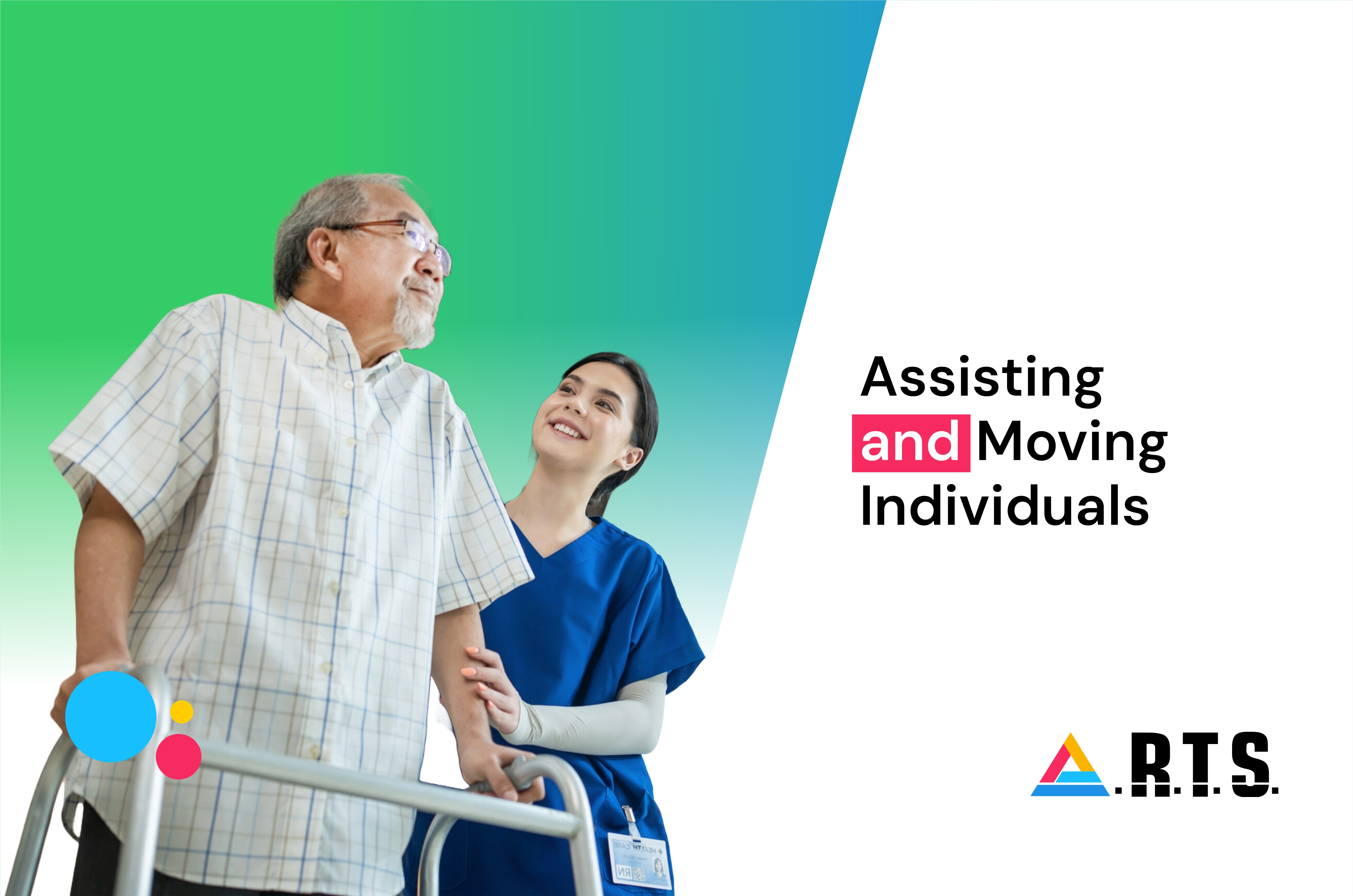Assisting and Moving Individuals
Course Overview
Assisting and moving individuals is a fundamental skill in
healthcare and social care. It’s not just about physical movement—it’s about
preserving dignity, promoting independence, and ensuring safety for both the
individual and the carer.
This practical course teaches learners how to move and
handle people confidently, safely, and compassionately, while minimising the
risk of injury and complying with current legislation and care standards.
Why This Course Matters
Individuals may require assistance with movement due to age,
illness, injury, or disability. Without proper training, both patients and care
workers face serious risks, including:
- Falls and injuries for those being moved
- Strains, back injuries, or musculoskeletal disorders for
care staff
- Breach of duty of care or non-compliance with regulations
- This course is designed to protect everyone involved while enhancing the quality of care delivered.
What You Will Learn
By the end of this course, learners will be able to:
- Apply safe techniques for walking assistance, transfers
(e.g. bed to chair), and repositioning in bed
- Use mobility aids and assistive equipment such as hoists,
slide sheets, transfer belts, and standing aids
- Understand body mechanics and posture to prevent personal
injury
- Carry out risk assessments before moving an individual
- Promote communication, dignity, and respect during all
interactions
- Understand legal responsibilities, health and safety
regulations, and infection prevention practices.
Who Should Take This Course?
This course is suitable for:
- Healthcare Assistants and Support Workers
- Residential and Domiciliary Care Staff
- Rehabilitation and Physiotherapy Staff
- Nurses and Allied Health Professionals
- Personal Assistants or Informal Carers
- Anyone supporting individuals with limited mobility
Training Highlights
- CPD Accredited – meets care sector training standards
- Available as blended learning (online theory + in-person
practice)
- Delivered by qualified and experienced trainers
- Includes practical demonstrations and scenario-based
learning
Benefits of the Course
For Patients/Service Users:
- Improved comfort, safety, and dignity
- Reduced risk of injury or discomfort
- Encouragement of independence where appropriate
For Staff:
- Reduced risk of back injuries or accidents
- Greater confidence in manual handling tasks
- Enhanced compliance with CQC and workplace safety
requirements
Take the Next Step
Enrol today with A.R.T.S. Training in our Assisting and
Moving Individuals course.
Develop the confidence and competence to support people
safely, protect your own health, and deliver a higher standard of
person-centred care.
Need support or group training?
Contact A.R.T.S. Training for custom training packages or
in-house sessions.
Course requirements
- Have basic literacy and communication skills
- Be willing to participate in practical activities (where face-to-face delivery is provided)
- Understand the importance of safety, teamwork, and professionalism
- No previous manual handling experience is required – this course is suitable for beginners and as refresher training
In This Course, you will learn how to
- Upon successful completion, learners will:
- Understand the principles of safe patient handling
- Identify and reduce risks to both the patient and themselves
- Confidently use assistive equipment and techniques in real-world settings
- Support individual mobility, comfort, and dignity
- Ensure compliance with health and safety legislation, including the Manual Handling Operations Regulations
Frequently Asked Questions
Reviews

Charge today
£50
- Assess to course materials
- Assess to assessments
- Course certificate
- Assess to student management Portal

Transactions are 100% Safe and Secure